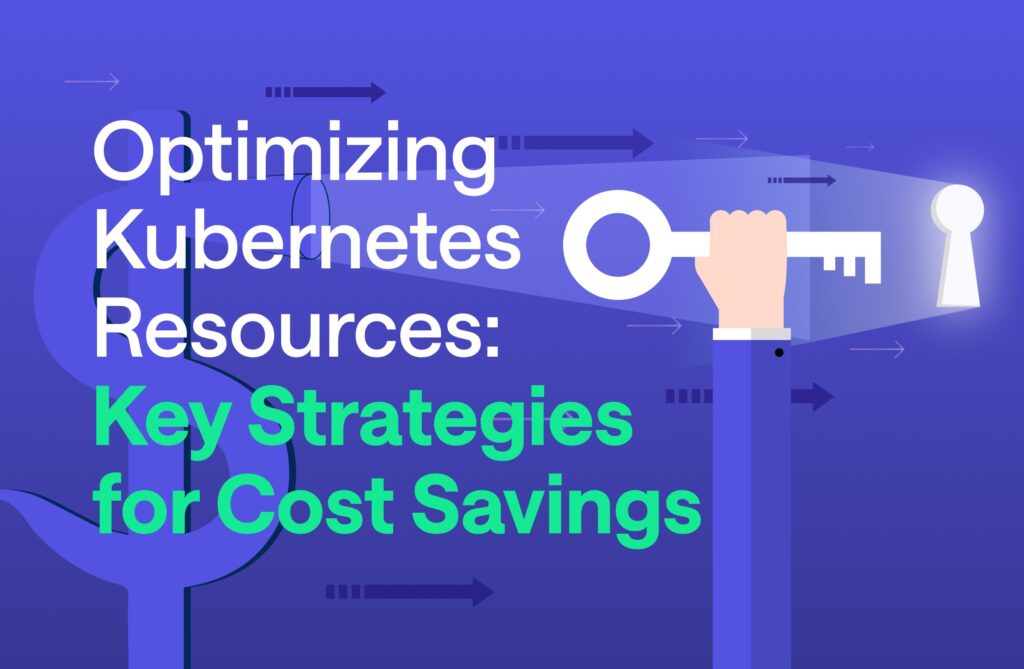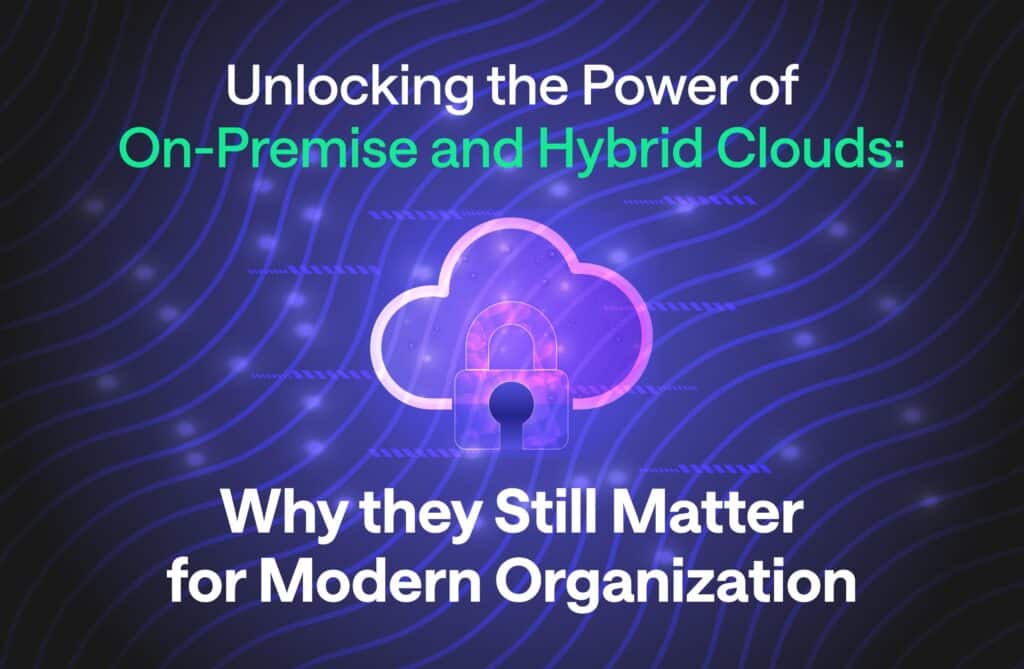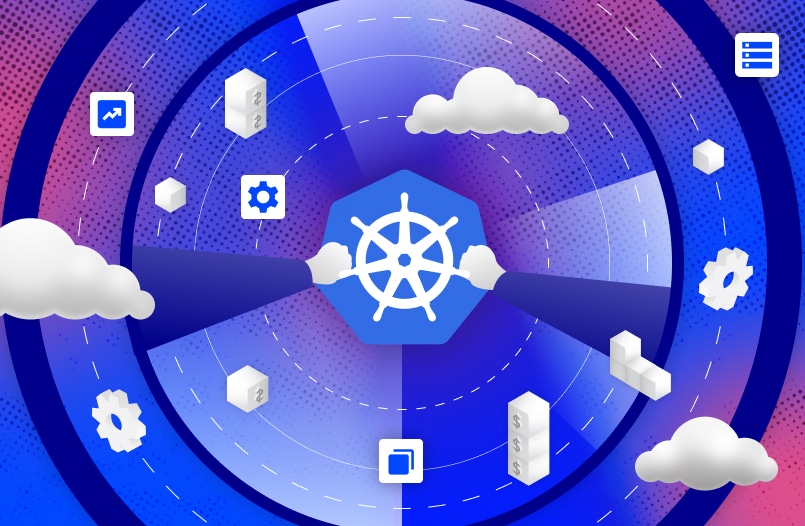Optimizing Kubernetes Resources: Key Strategies for Cost Savings
Optimizing Kubernetes Resources: Key Strategies for Cost Savings
Kubernetes is hailed for its scalability and flexibility, but managing its resources effectively can be a challenge that results in unnecessary costs. As cloud-based applications scale, organizations often overlook hidden inefficiencies that waste resources, leading to inflated bills. This blog post highlights best practices for optimizing Kubernetes resources to ensure cost efficiency.
Guy Baron
4 Oct 2024
4 min read
Unlocking the Power of On-Premise and Hybrid Clouds: Why They Still Matter for Modern Organization
Unlocking the Power of On-Premise and Hybrid Clouds: Why They Still Matter for Modern Organization
Many organizations choose on-premise or hybrid cloud environments for greater control, compliance, and performance. ScaleOps enhances these setups with simple deployment, unified management, and powerful automation. It supports air-gapped environments, ensures cost efficiency through resource optimization, and offers seamless management across infrastructure types, helping organizations maximize their on-premise and hybrid investments with ease.
Guy Baron
18 Sep 2024
5 min read
From Static Recommendations to Automated Resource Management
From Static Recommendations to Automated Resource Management
Managing Kubernetes resources is complex, and static tools often can’t keep up with changing demands. ScaleOps automates resource management, adjusting in real-time to traffic spikes and workload changes. Key benefits include continuous monitoring, zero downtime scaling, and proactive optimization. Simplify Kubernetes operations with ScaleOps for efficient, reliable performance.
Guy Baron
10 Sep 2024
5 min read
Platform Engineering with Kubernetes and ScaleOps
Platform Engineering with Kubernetes and ScaleOps
In the world of Kubernetes, managing resources efficiently is key to optimizing performance and minimizing costs. ScaleOps streamlines this process by automating resource allocation, allowing platform teams to focus on innovation while providing product teams with the insights they need to optimize their applications. This post explores how ScaleOps simplifies Kubernetes resource management, enhances platform engineering, and ensures secure, efficient operations.
Guy Baron
19 Aug 2024
7 min read
Top Resource Management Issues in Kubernetes
Top Resource Management Issues in Kubernetes
Kubernetes (K8s) is a powerful tool for container orchestration, but effective resource management can be a challenge. Poor resource management can lead to performance bottlenecks, application failures, and increased costs.
Guy Baron
17 Jun 2024
4 min read












